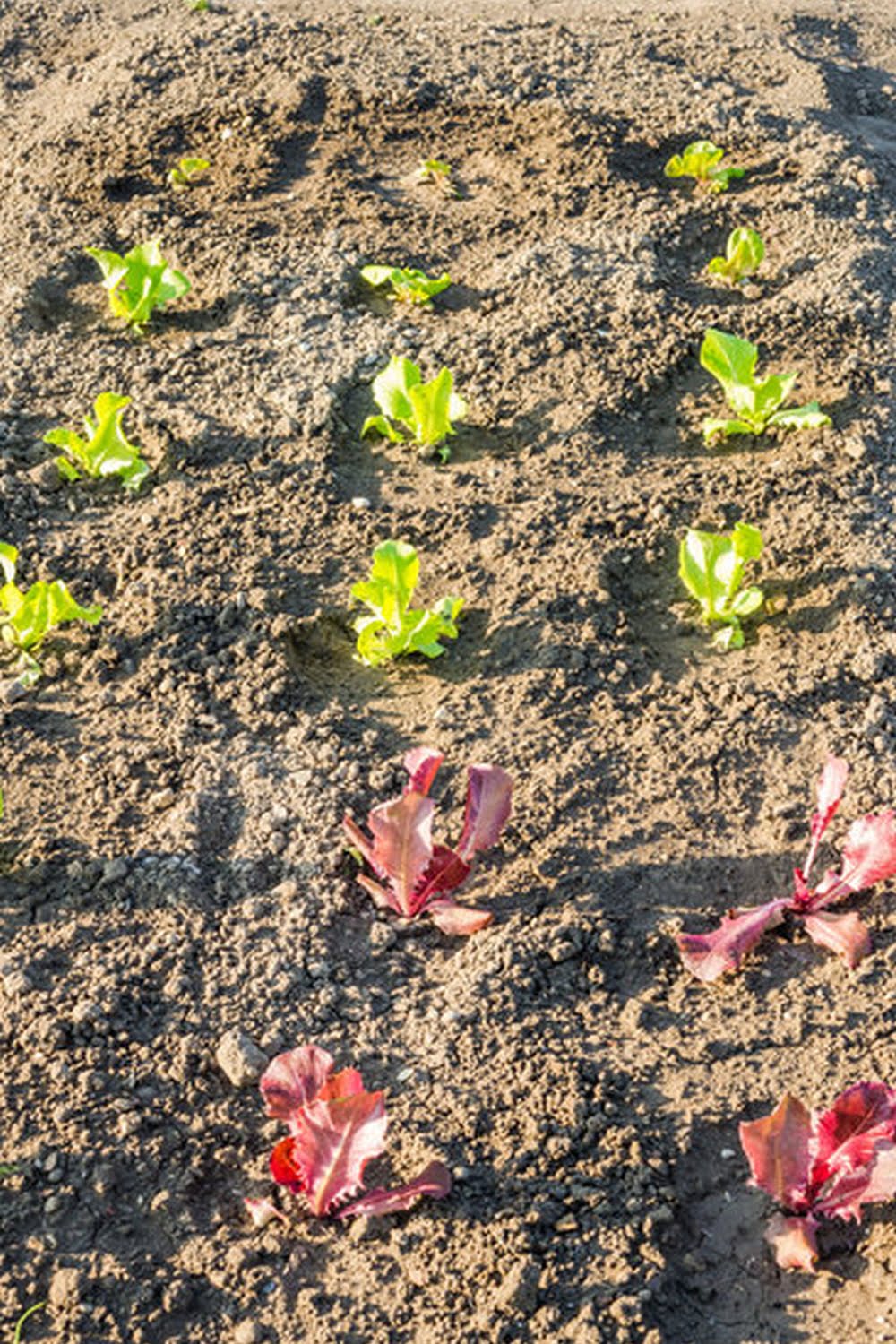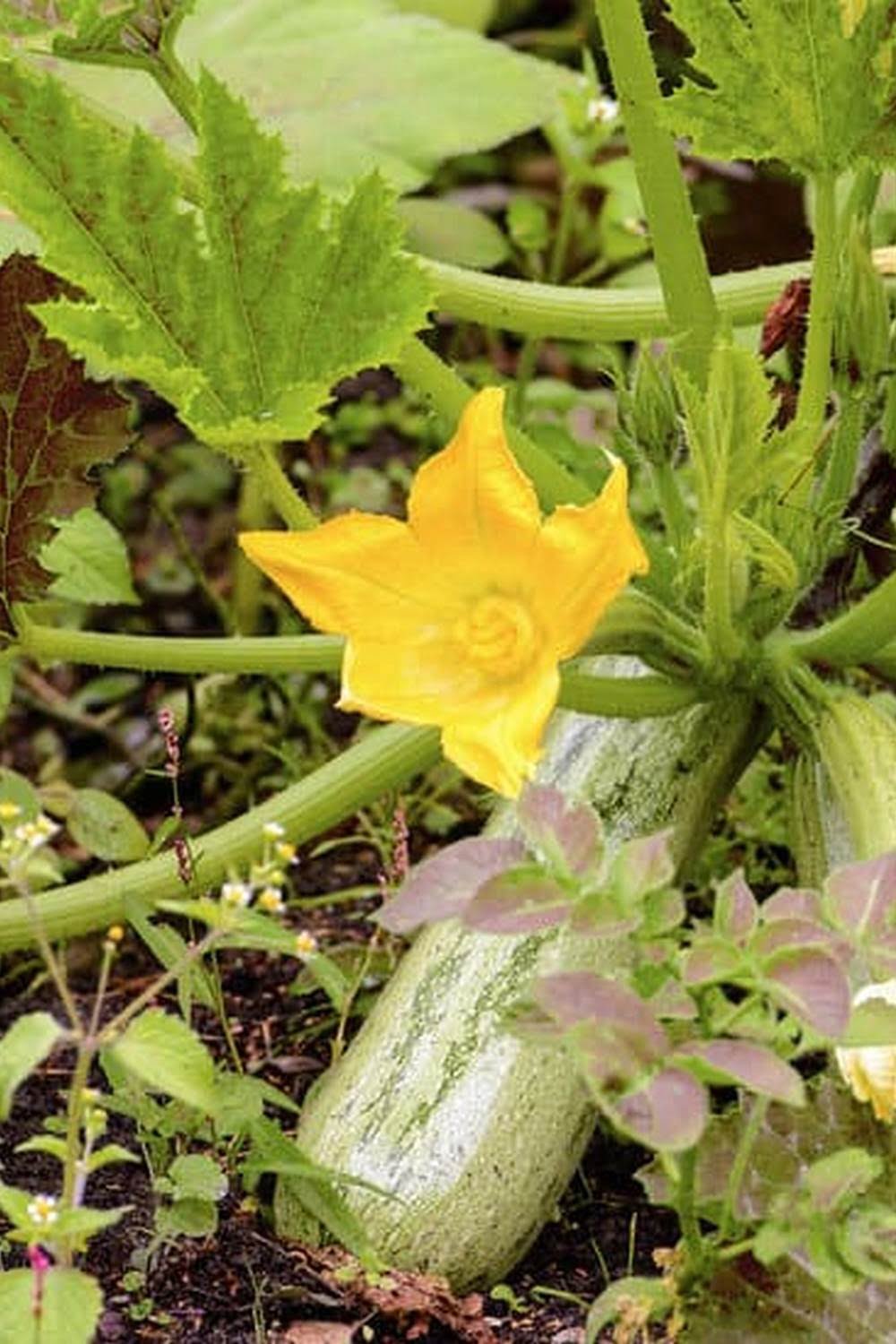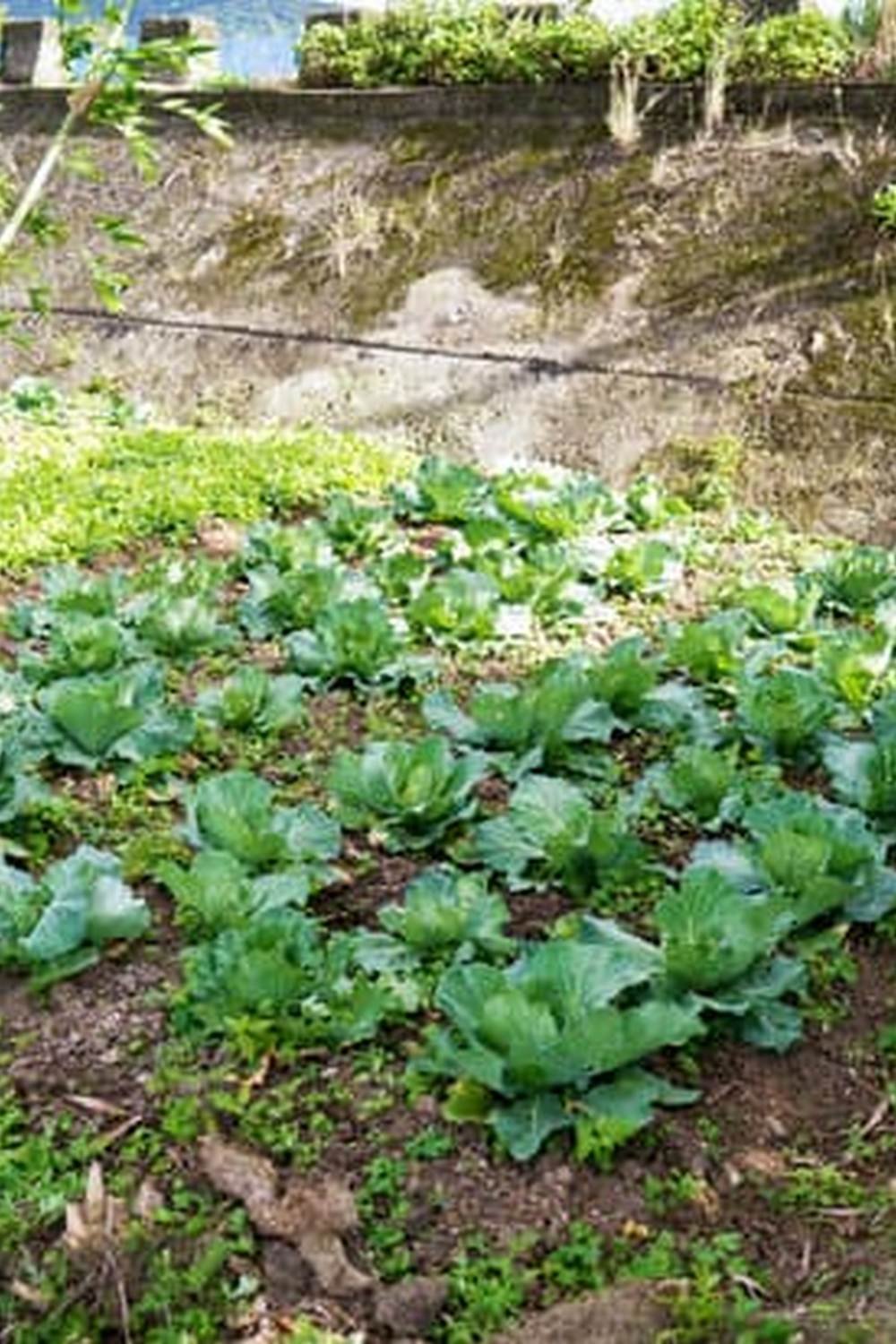Planting Vegetables In Raised Garden Beds
There’s a lot of reasons to plant your vegetables in raised garden beds. For one, the soil in raised garden beds tends to be richer and more fertile than the soil in traditional gardens. This is because the soil in raised garden beds is amended with organic matter before it’s ever planted, which helps to improve drainage and soil health.
Another advantage to raised garden beds is that they’re easier to work with than traditional gardens. The soil in raised garden beds is loose and fluffy, making it easy for you to plant and weed your vegetables. And because the soil is elevated above the ground, you won’t have to worry about getting your vegetables wet when it rains.
Finally, planting your vegetables in raised garden beds can help to protect them from pests and diseases. The elevated soil surface creates a barrier between your vegetables and the pests and diseases in the ground, which can help to keep your plants healthy and productive.
How Deep Should A Garden Bed Be For Vegetables
?
When it comes to growing vegetables, the depth of your garden bed is an important consideration. The deeper the bed, the more room your plants have to grow, which can lead to bigger and better yields. However, there is also a limit to how deep a garden bed can be before it becomes impractical. So, how deep should a garden bed be for vegetables?
Most vegetables do best when they are grown in a garden bed that is at least 12 inches deep. If you are able to make your garden bed even deeper, that’s even better. Deeper garden beds provide more room for the roots to grow, which helps the plants to access more nutrients and water. This can lead to bigger and healthier plants.
There are a few vegetables that can be grown in a garden bed that is less than 12 inches deep, but they will typically produce smaller yields. If you are limited on space, or if you are just starting out with gardening, you may want to start with a bed that is only 6-8 inches deep. As you gain more experience and expand your garden, you can gradually increase the depth of your beds.
So, how deep should a garden bed be for vegetables? For the best results, aim for a bed that is at least 12 inches deep. Deeper beds are even better, but if you are limited on space or just starting out, a bed that is 6-8 inches deep will work fine.
Build Your Own Raised Vegetable Garden Beds
Looking to grow your own vegetables but don’t have the space or soil quality for a traditional garden? Try building your own raised vegetable garden beds! Raised garden beds can be made from a variety of materials, including wood, stone, or concrete, and can be as simple or complex as you like.
The first step in building your own raised vegetable garden bed is to decide on the size and shape of your bed. Raised garden beds can be any shape and size, but they should be at least 12 inches high and wide so that you have enough space to work in the bed and to grow a variety of vegetables.
Once you’ve decided on the size and shape of your bed, the next step is to decide on the type of material you want to use to build it. If you’re using wood, you’ll need to choose a type of wood that is weather-resistant and will not rot. If you’re using stone or concrete, you’ll need to choose a type that is durable and will not crack or crumble.
Once you’ve chosen the material for your raised vegetable garden bed, the next step is to assemble the bed. If you’re using wood, you’ll need to cut the boards to the desired size and then attach them together with screws or nails. If you’re using stone or concrete, you’ll need to form the bed shape with the stones or concrete and then attach a border to hold the soil in place.
Once your raised vegetable garden bed is assembled, the next step is to fill it with soil. You can either use soil from your yard or purchase a soil mix specifically for raised garden beds. Be sure to mix in some organic matter, such as compost, to improve the quality of the soil.
Now that your raised vegetable garden bed is ready, it’s time to plant some vegetables! Be sure to choose a variety of vegetables that will grow well in your climate and soil type. Some of our favourites include tomatoes, cucumbers, peppers, lettuce, and strawberries.
With a little bit of work, you can have your very own raised vegetable garden bed that is perfect for growing your favourite vegetables. So, what are you waiting for? Get started today!
Vegetable Garden Beds On Wheels
I have been gardening for many years now, and I have to say that I absolutely love it. I have tried many different methods and techniques, and I have to say that the best one by far is the vegetable garden beds on wheels.
This method is perfect for those who have limited space in their yards, or for those who simply want to move their garden around to get the best sun exposure.
The best part about this method is that it is incredibly easy to set up. You simply need to purchase a few pieces of garden equipment, and you are ready to go.
The first thing you need is a wheelbarrow. This will be used to move your soil and plants around your garden. The next thing you need is a few garden beds. These can be purchased at any home improvement store, and they are relatively inexpensive.
The final thing you need is a piece of garden hose. This will be used to water your plants.
Once you have all of this equipment, it is time to get started. The first step is to prepare your soil. You can either use fresh soil, or you can use soil that you have saved from last year.
If you are using fresh soil, you will need to till it up and add some compost to it. If you are using old soil, you will need to remove any rocks or debris, and then add some compost to it.
Once your soil is ready, it is time to set up your garden beds. Simply place the garden beds in the desired location, and then fill them with soil.
The final step is to water your plants. You can do this by using a watering can, or you can do it by using a garden hose.
That is all there is to it. You can now start planting your vegetables.
Raised Bed Vegetable Garden Narrow
ing Choices
When you are planning your vegetable garden, one of the first decisions you need to make is what type of garden to build. One option is a raised bed garden.
There are many advantages to raised bed gardening:
1. Raised bed gardens are easy to construct and can be made any size you like.
2. The soil in a raised bed is easy to work, and you can control the soil quality by adding compost or other organic matter.
3. Vegetables grown in a raised bed are less likely to be attacked by pests and diseases.
4. You can plant your vegetables closer together in a raised bed, so you can grow more in a smaller space.
5. Raised bed gardens are perfect for people who have limited gardening space or who don’t have a lot of time to spend in their garden.
When choosing what vegetables to grow in your raised bed garden, you will need to consider the size of the vegetables and how much space they will need. Some vegetables, such as carrots and lettuce, are small and can be grown in a very small raised bed. Other vegetables, such as tomatoes and zucchini, are larger and will need a larger raised bed.
Another thing to consider is the type of soil you have. If your soil is poor, you will need to add compost or other organic matter to the soil in your raised bed garden. If your soil is good, you can simply add a layer of mulch to keep it moist and help retain nutrients.
A raised bed garden is a great way to enjoy fresh vegetables all summer long.

If you’re looking to get into vegetable gardening, or are just looking for some tips on how to make your current garden better, then you’ve come to the right place! My name is Ethel and I have been gardening for years. In this blog, I’m going to share with you some of my best tips on how to create a successful vegetable garden.





